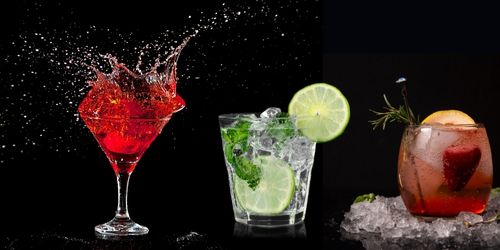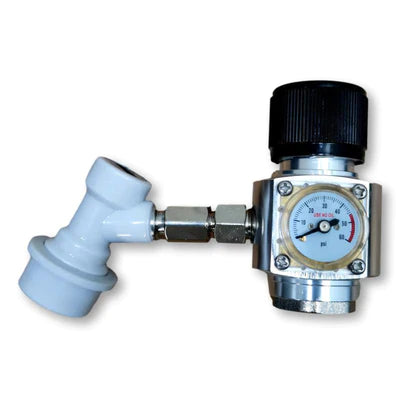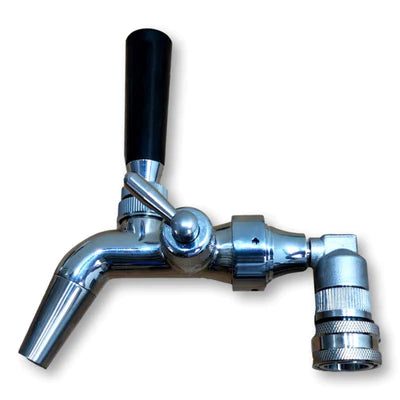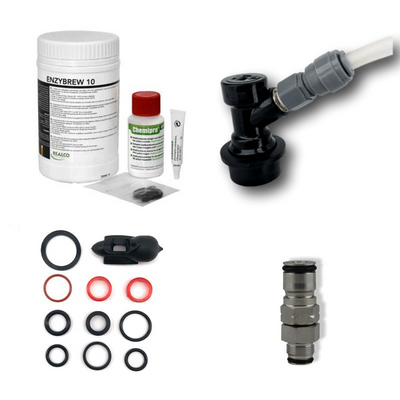Ihr Warenkorb ist leer
Der Glühweinfass -hilfe-faq-und-videos
Einrichtung und Verwendung: Das Glühwein-Fass-Paket
Ihr Produktmanual
Dieses Komplettpaket enthält alles, was Sie benötigen (außer dem Alkohol), um überall Glühwein vom Fass zu haben, in Chargen von jeweils 15! Enthält Fass, Zapfhahn, Gas, Zubehör und Glühweingewürzmischung
*Wenn Sie eine Seite des Handbuchs drucken möchten, klicken Sie einfach mit der rechten Maustaste darauf
WARNUNG: STELLEN SIE IMMER sicher, dass der Regler auf AUS (ganz gegen den Uhrzeigersinn) gedreht ist, bevor Sie eine Gasquelle (wie eine Patrone oder Gasflasche) in einen Regler einschrauben oder herausdrehen. Dies gilt für jeden Gasregler, insbesondere für Mini-Regler, da die Komponenten viel kleiner und daher empfindlicher sind. Dies gilt auch beim Anschließen oder Trennen von einem unter Druck stehenden Fass, da dies das gleiche Ergebnis hat, nämlich eine plötzliche Erhöhung oder Verringerung des Drucks, der durch den Regler geht.
SIE WERDEN IHREN REGLER BESCHÄDIGEN, WENN SIE DIESE SICHERHEITSANWEISUNG NICHT BEFOLGEN.
Anleitung anzeigeniKegger 2.0 - FAQ
-
Die kurze Antwort ist, dass Sie Kohlendioxid (CO2) verwenden, um Ihr Fass unter Druck zu setzen. Je höher der Druck, desto mehr Blasen lösen sich in Ihrem Getränk auf, bis sie einen Punkt erreichen, an dem keine weitere Absorption mehr erfolgt. Wenn Sie den Druck beispielsweise auf 12 psi einstellen, wird das CO2 bei etwa der richtigen "Sprudeligkeit" für Bier aufhören zu absorbieren. 15-18 psi für Limonade, 10 psi für Stout.
Für ausführlichere Informationen sehen Sie sich diese Seite an.
-
Reiner Stickstoff und Distickstoffmonoxid lösen sich beide in Flüssigkeiten und verursachen beim anschließenden Ausgießen ein Schäumen, das dem klassischen Guinness-Bier mit kaskadierendem Schaum ähnelt.
Stickstoff ist jedoch ziemlich schwer in Flüssigkeit zu lösen und benötigt einen viel höheren Druck als CO2. Sie sollten alle Ihre Zutaten so kalt wie möglich haben (kalte Flüssigkeit löst Gas im Allgemeinen leichter), dann den Druck auf 45 psi einstellen und entweder das Fass schütteln oder es für ein paar Stunden stehen lassen (je länger, desto besser), um den Stickstoff in die Flüssigkeit zu infundieren.
Wenn Sie viel leeren Raum im Fass haben, werden Sie möglicherweise eine Patrone nur zum Druckaufbau des Fasses verwenden und müssen mehr hinzufügen, um zu infundieren und dann auszugießen.
Als allgemeine Regel möchten Sie eine volle Patrone in die Flüssigkeit lösen und dann mehr Patronen verwenden, um das Fass unter Druck zu halten und auszugießen.Um dies zu tun, schütteln Sie das Fass oder lassen Sie es bei 45 psi stehen, bis der Druck zu sinken beginnt und das Drehen des Reglers ihn nicht mehr erhöht. Dies ist ein Zeichen dafür, dass die Patrone leer ist, also SCHALTEN SIE DEN REGLER AUS und schrauben Sie die Patrone ab. Setzen Sie eine neue ein und erhöhen Sie dann den Druck wieder auf 45 psi, um zu gießen. Wenn der Kaffee usw. nicht den gewünschten Schaum hat, schütteln Sie oder warten Sie, bis mehr Gas absorbiert wurde, und versuchen Sie es erneut.
Gas - Karbonisierung und Nitro-Infusion
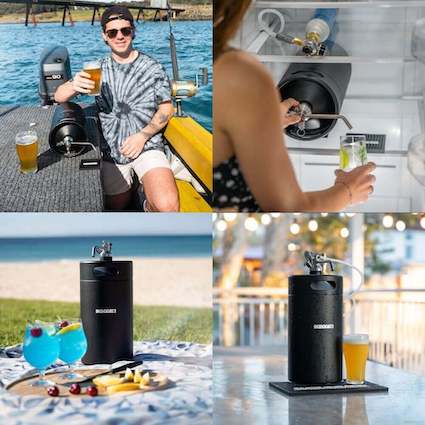
Net Orders Checkout
| Item | Price | Qty | Total | |
|---|---|---|---|---|
| Subtotal | €0.00 | |||
| Shipping | ||||
| Total | ||||



